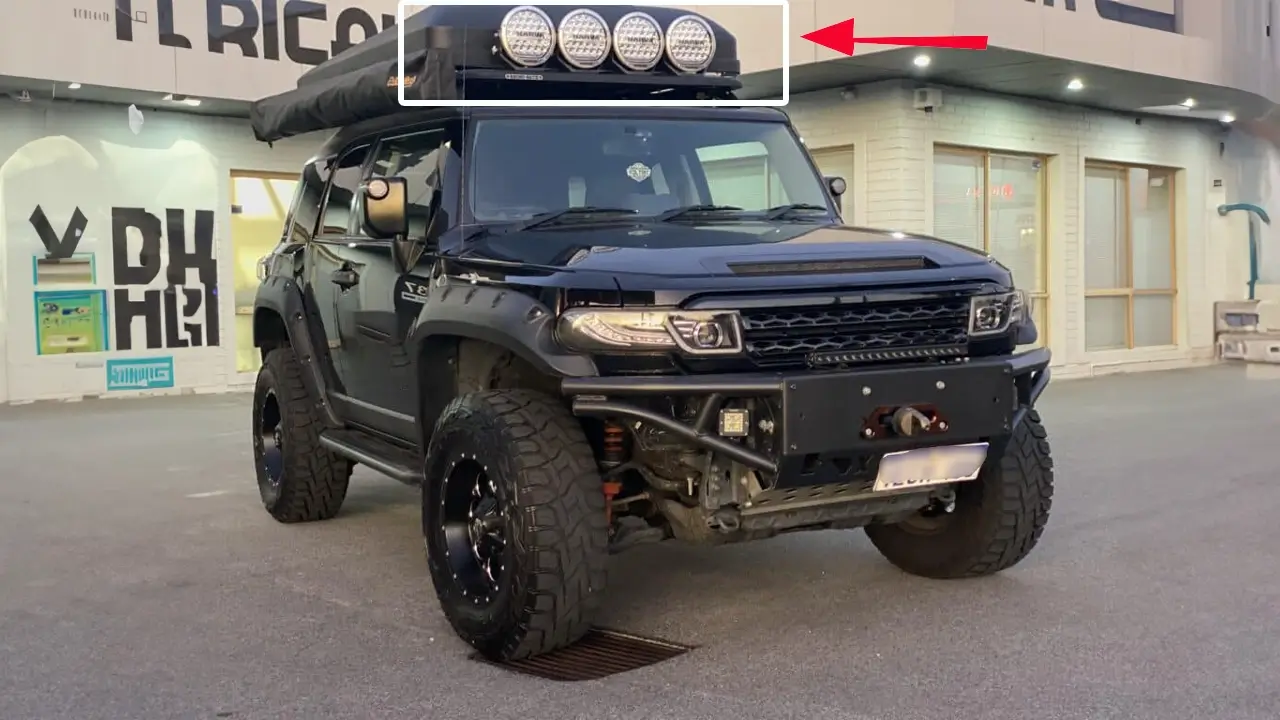The topic of car spotlights is contentious, as different jurisdictions have quite diverse legislation. The possible risks that these lights present to other drivers are the main cause of concern. In the United States, local towns as well as states can have different regulations. The legality of car spotlights is examined in this essay, with particular attention paid to the nuances of these rules, their justifications, and their effects on drivers.
Federal Regulations
Before a car is sold, it must comply with safety regulations, which are overseen by the National Highway Traffic Safety Administration (NHTSA) at the federal level. Nevertheless, the NHTSA does not offer any precise instructions about the application of aftermarket lighting on automobiles. Rather, it establishes basic guidelines for lighting devices including turn signals, taillights, and headlamps to make sure they don’t blind or divert other motorists. Thus, state and municipal laws, which set more specific limits, have the last say on whether spotlights are permitted.
States with Strong Laws
There are strict rules governing car lighting in areas like California. The California Vehicle Code states that spotlights are only allowed in certain situations. For example, they can only be utilized in emergencies, by police enforcement, or in agricultural settings. It is normally forbidden for regular drivers to install or use spotlights while operating a vehicle on a public roadway. These limitations are in place to reduce the possibility of blinding other drivers, which could result in collisions.
- Nearly 30% of UK Drivers Believe Car Tax Should Be Based on Mileage — Survey
- Why Planes and Boats Escaped the Luxury Tax But Cars Didn’t
- Australia’s Headlight Confusion: Authorities Warn Drivers After Viral $250 Headlight Rule Goes Wild Online
- 2025 Hyundai Venue Facelift Launched in India – Full Details, Variants, and Price
- Royal Enfield Bullet 650 Unveiled at EICMA 2025: A Classic Legend Returns
There are strict rules governing car lighting in areas like California. The California Vehicle Code states that spotlights are only allowed in certain situations. For example, they can only be utilized in emergencies, by police enforcement, or in agricultural settings. It is normally forbidden for regular drivers to install or use spotlights while operating a vehicle on a public roadway. These limitations are in place to reduce the possibility of blinding other drivers, which could result in collisions.
States Putting Restrictions on Certain Things
Some states, including Florida and Texas, permit the use of spotlights on cars but with some limitations. For example, in Texas, a car may be allowed to have a spotlight as long as it satisfies certain requirements, such as not shining the light in the direction of oncoming traffic when it is pointed and operated. Similarly, spotlights are allowed by Florida law as long as they’re not employed in a way that causes a distraction to other drivers. These jurisdictions try to strike a compromise between road safety concerns and the usefulness of spotlights in specific situations, such as off-road driving or rural areas.
In conclusion, the legality of vehicle spotlights is a complicated matter that is mostly determined by state and local laws. Although there is a nationwide framework for vehicle illumination, each jurisdiction has its own set of legislation governing the specific use of spotlights. The main goal of these restrictions is to ensure public safety by preventing mishaps that may arise from the inappropriate use of intensely focused, bright light beams. To ensure compliance and prevent any fines, drivers should become familiar with local legislation. Through comprehension and adherence to these standards, drivers can contribute to the upkeep of safer roads for all users.
